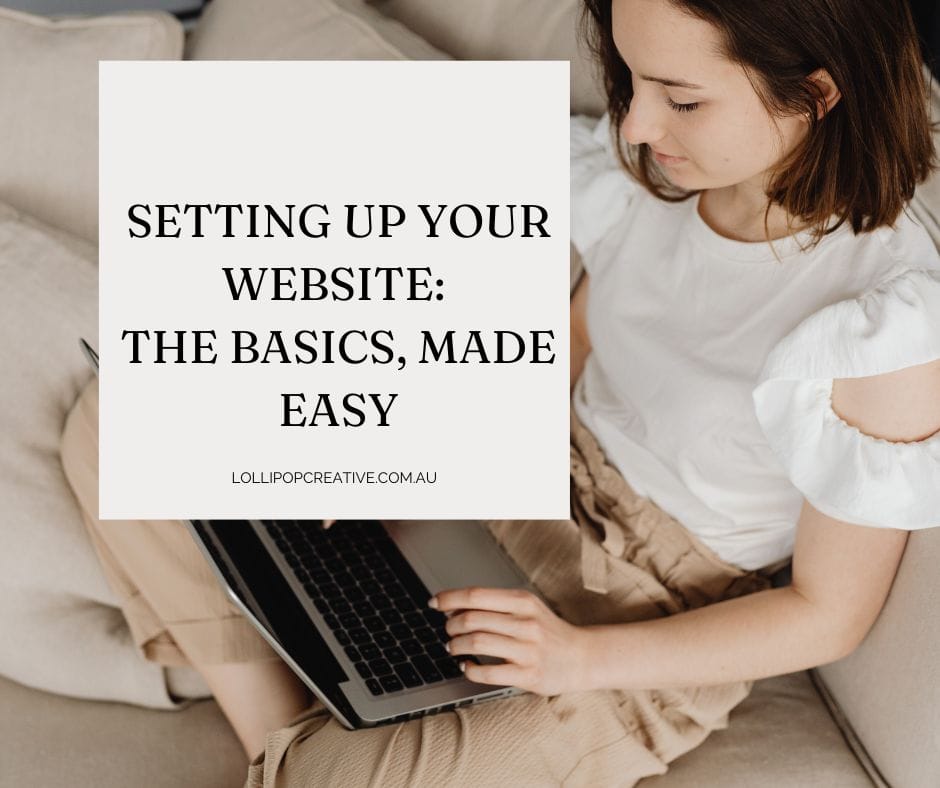Have you ever wondered how Google ranks your website?
It all boils down to a few major factors: on-page SEO, user experience, and site speed..
In that vein, this post outlines 10 simple SEO tips that you can apply right now that will help improve your site’s ranking. This includes improving your site’s architecture by following a proper linking structure, optimising images, and implementing rich snippets to enhance the user experience. And don’t forget about site speed – Google considers a page’s loading time a factor in ranking pages. Here are some easy ways to increase conversions with on-page SEO.
Why on-page SEO is important
SEO is about more than just building links to your website and hoping that Google will rank you highly in the search engines. There are many elements that you need to have in place on your website too. This is commonly known as ‘on-page SEO’.
This post outlines 10 simple but powerful on-page SEO tips that you can apply right now to instantly improve your site’s ranking. Follow these tips for a better user experience, improved site speed, and more traffic.
On-page SEO tip 1: Optimise images
To optimize your images, you should always use a descriptive file name and add a relevant caption. This ensures that when someone searches for something like “blue dress” and one of your pictures comes up, they will know what the picture is.
On-page SEO tip 2: Alt Tag
The alt attribute is short for “alternative text” and will appear in the event of an error or when browser doesn’t render images. For example, if you try to hover over a broken image on your website with your mouse cursor, the content of that image’s alt text should show up. Also screen reader users benefit from having clear descriptions listed next to every picture because they will read these descriptions aloud instead of just reading out all the words on each page one at a time.
On-page SEO tip 3: Meta Description
Meta description is another important element that shows up in the search results. This area allows up to 160 characters and should be used to provide a descriptive introduction to your page and encourage someone who clicks on it from the search results. The main goal of this paragraph is providing something enticing for people browsing through content, so they are encouraged enough by what you have written about your post or article before clicking onto it, making sure that there’s some sort of relevance between both texts (title + meta). It must also use keywords related with its subject matter as well .
On-page SEO tip 4: Add website links
There are a few ways to add links. You can create a “meta name=’refresh’ content=’0;url=http://www.yoursite.com/page-1′” link in your page’s header, or put an URL link on your content.
On-page SEO tip 5: Implement Rich Snippets
One of the first on-page SEO measures you should take is to implement rich snippets. Rich snippets help users by providing valuable information in a snippet box. By implementing rich snippets, you can provide your visitors with more information about your product, like price and availability or even an image gallery. You can also include other important things like star ratings and customer reviews.
Rich snippets will help to increase search engine rankings as Google values relevant content that improves the user experience. The higher your ranking, the more likely it is that people will visit your site and convert into customers.
On-page SEO tip 6: Use heading tags (H1, H2, etc)
One of the easiest ways to optimize your website is by using heading tags. A heading tag, or H1, is one of the most important on-page SEO elements that you can implement because it signals to Google what your content is about. When you use an H1, it should be around 60 characters in length and should include keywords related to the page content.
Heading tags create hierarchy on your webpage and help readers navigate more easily. They also catch the eye of Google’s ranking algorithm, so use them liberally!
Headings are useful in differentiating the content of a web page. The most important heading, H1, should be used to identify the topic of each paragraph or post on your page. This helps search engines understand what is being discussed and rank it appropriately for users who may have questions about that particular topic. Search engine optimization (SEO) will not only focus on keywords but also headings—which often need to include less than 65 characters so they do not take up too much space or use all capital letters so they can be read more easily by humans as well as computers.
On-page SEO tip 7: Create a sitemap
One of the most overlooked components of on-page SEO is a website’s sitemap. The sitemap can include detailed information about your site, such as all pages and their URLs, images, and videos. It also should include contact information for any social media profiles you have too.
A sitemap helps Google index your content and provides an additional set of reference points that it can use to crawl your website and better understand what content is available for users. This means that it may rank your site higher in SERPs because it knows there’s more to see!
On-page SEO tip 8: Mobile Responsiveness
Websites that are designed with mobile devices in mind have an advantage over other websites because they provide a better user experience. Google has prioritized the ranking of sites which deliver content well on both desktop and mobile screens, so it’s important to design your website for all screen sizes if you want to rank high within search engines. The layout should be responsive, intuitively scrolling when viewed on different kind of devices. Mobile-friendly features can include increased touch target size or larger fonts for improved readability.
On-page SEO tip 9: Website Speed
Slow load times are one of the most common reasons for people to close a website before anything else. If your site doesn’t have an immediate response, it can be frustrating and should be improved as soon as possible so visitors don’t abandon you in search of another site with better performance. To discover what slows down your website, use tools such as Google PageSpeed Insights or GTMetrix. You want to keep loading speeds under 2 seconds on mobile devices because these users expect faster results too!
On-page SEO tip 10: Internal Linking
Make sure you use internal linking to direct users through to more useful content on your website. Internal links help users to read and engage with more content that they might be interested in. They also help search engines to find more pages on your website, which can help them to be indexed in the search results.
What is a sitemap?
A sitemap is an XML file that lists all the pages of your website. Google uses this, among other things, to determine the overall architecture of your site and how it should rank your pages in relation to one another. Google likes sites with a clean, simple architecture because it’s easy for users to find what they’re looking for. You can provide Google with a sitemap by inputting the URL of your XML-based sitemap to the robots.txt file at the root level of your website. If you don’t have one yet, use this tool to create one.
Why create a sitemap?
Sitemaps are a great way to make sure Google and other search engines can index your website properly. If you have a large site with a lot of content, it’s important that search engines can find everything – without a sitemap, there is no way for them to know how to navigate your site.
Build your Website with the best SEO Practice
Let’s do it! I partner with small businesses and entrepreneurs who needs help building their website strategically.
Ready to play?
.




